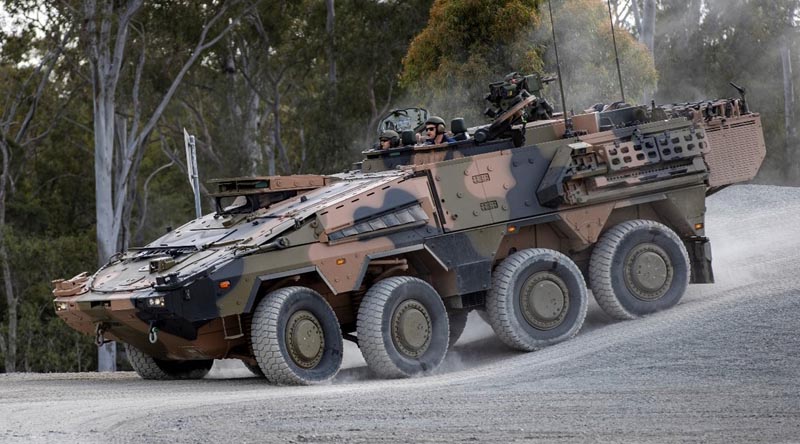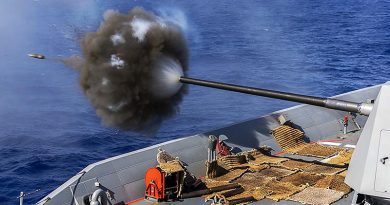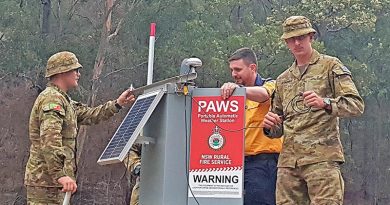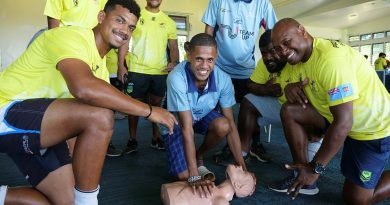Adaptable facilities being built for new fighting vehicles
Share the post "Adaptable facilities being built for new fighting vehicles"

Engineering, design and advisory companies Aurecon and AECOM are bringing to life innovative adaptable facilities for the Department of Defence’s next generation of armoured fighting vehicle fleet in Victoria, Queensland and South Australia.
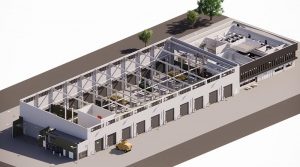 FILE PHOTO (Sept 2020): A student from The 2nd/14th Light Horse Regiment, (Queensland Mounted Infantry) negotiates the obstacle course at Green Bank Training Area during the first driver training conversion course for the Australian Army’s Boxer Combat Reconnaissance Vehicle. Photo by Corporal Nicole Dorrett.
FILE PHOTO (Sept 2020): A student from The 2nd/14th Light Horse Regiment, (Queensland Mounted Infantry) negotiates the obstacle course at Green Bank Training Area during the first driver training conversion course for the Australian Army’s Boxer Combat Reconnaissance Vehicle. Photo by Corporal Nicole Dorrett.
RIGHT: A 3D model of one of the armoured fighting vehicle facilities. Image supplied.
Now commencing the construction phase for stage 1, the new facilities will support the maintenance and training requirements of a range of new vehicles, from combat reconnaissance, infantry fighting, main battle tank and armoured engineering vehicles.
Located at Puckapunyal, Lavarack Barracks and Edinburgh Defence Precinct, the new facilities will support Projects LAND400, LAND907 Phase 2 and LAND8160 Phase 1 until 2050.
Aurecon Managing Director, Defence and National Security ANZ, David Barnes, said Defence the combined construction team’s thinking had provided the Australian Defence Force with truly fit-for-purpose facilities that would support the Army for many years to come.
“For example, we used 3D models to determine which existing buildings and engineering services had a relationship with each other, so that we can adapt and incorporate them into the new design,” Mr Barnes said.
“In the same way, we also visualised and planned where new infrastructure could be built between existing infrastructure to drive down costs.
“Given the dispersed nature of the project, the scale of the designs required, the tight timeframe, and the fact that we are dealing with Defence bases that have facilities of various ages – these capabilities were invaluable.”
AECOM Defence Industry Director Andrew McDougall said that the facilities had been designed flexibly to cater to the ambiguity of future vehicle requirements.
“The flexibility of our design means that Defence can upgrade its facilities in stages, and adapt them accordingly,” Mr McDougall said.
“The phased acquisition of the fleet over the coming years means that we don’t know exactly how many vehicles the facilities may need to support, or what capacity of engineering services are required.
“Therefore, we’ve designed the facilities’ vehicle bays to be modular so that Defence can add or subtract what it needs.
“We also designed the electrical facilities and other engineering services so that they can be increased in size or be adapted for future changes in vehicle numbers.”
.
.
.
.
.
.

.
.
Share the post "Adaptable facilities being built for new fighting vehicles"

